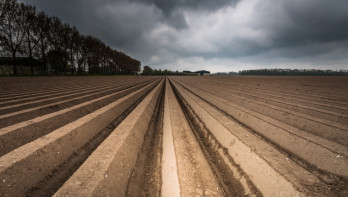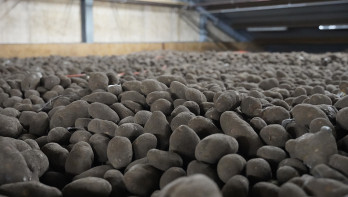Analysis Potatoes
Opting for the last kilo or limiting harvest risks?
If the trial harvest figures of this season teach us one thing, it is that there is a huge variation in yields. The kilograms are well below for the early planted potatoes. The late planted potatoes still have a way to go before reaching an average yield. Unfortunately, the clock is ticking relentlessly.
Due to the current late summer weather, you almost forget that it is already mid-September. For many growers, this is usually the time to spray the later potatoes. Waiting longer is possible, but then you also postpone the harvesting moment with the associated risks. Many varieties need between 100 and 150 growing days. Potatoes planted in the first half of June are now just reaching 100 growing days.
Every extra kilogram you can get by waiting to spray is a bonus. If there are only a few kilograms below - as is often the case with the late planted potatoes - those extra kilograms may become even more important. The costs per hectare divided by 45 or 50 tons make less of a difference than dividing by 25 or 30 tons per hectare, while in both cases it is about an extra 5 tons. The goal to keep the potatoes green for as long as possible is therefore understandable.
Waiting must be feasible
Another question is whether the soil can handle it. The fact that the potatoes were planted so late on some fields was not out of luxury. The higher fields, well-drained without low spots and not devastated last season by, for example, beet harvesting, were the first to be planted this spring. Of course, the rain this spring was very localized in nature and as a larger grower you cannot be everywhere at once, but generally it is not the best fields on the farm that were planted last.
Predicting the weather for a week is already difficult for the various weather services, let alone the weather for a month ahead. It could be good weather at the end of October or early November, but if it rains, the ground dries less. The soil simply works less. If the soil was not so cooperative in the spring, you can reasonably expect that it will not improve much in the fall. Late harvesting, a moderate structure, and then also fewer potatoes in the bed are the recipe for a challenging harvest. Trial harvests and growth curves are nice, but ultimately it is about getting the potatoes out of the ground. In that respect, for the late planted potatoes, it's a bit of choosing between two evils.



